|
|
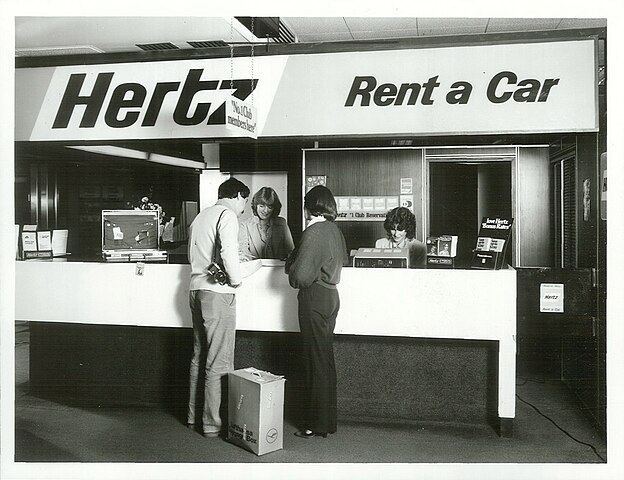
By Jo Nova
Hertz was aiming to make 25% of its fleet electric by 2024, but is finding 11% is too much. Given there are whole nations pushing for 100% EV by 2035 there seems to be a message here…
Let’s thank Hertz for doing that experiment for us. It turns out EV’s didn’t work well in the high mileage Uber-type system because the drivers “drove them into the ground” and repair costs were much higher than expected. So Hertz moved some EV’s to the leisure hire department, but then the revenue per day in the leisure sector fell. Presumably people didn’t want to hire them.
It’s not that this is Bad News week for EVs — it’s quarterly reporting week, so companies have to tell investors things they’d rather not.
Great nations don’t force citizens to buy heavier cars with shorter ranges and bigger repair bills in order to stop bad weather one hundred years from now.
Hertz is slowing down the roll out of EVs onto its fleets as the CEO cites higher than expected repair costs and price cuts.
The rental car company reported lower than expected margins in the third quarter of this year, citing EV repairs as one of the challenges.
“Collision and damage repairs on an EV can often run about twice that associated with a comparable combustion engine vehicle,” said Mr Scherr.

It all started out so well:
Andrew J Hawkins, The Verge
Rental car company Hertz once envisioned itself as the ultimate EV broker, doling out battery-powered vehicles to business travelers, ridehail drivers, and tech newbies in an ambitious plan to grease the wheels for the EV revolution. The company inked agreements with Tesla and Polestar to buy nearly 200,000 EVs. Tesla’s valuation topped $1 trillion on the news.
Part of the problem is linked to Hertz’s plans to rent EVs to ridehail drivers. Of the 100,000 Tesla acquired by Hertz, half were to be allocated to Uber drivers as part of a deal with the ridehail company. And drivers said they loved the Teslas! But Uber drivers also tend to drive their vehicles into the ground. This higher rate of utilization can lead to a lot of damage — certainly more than Hertz was anticipating.
Lora Kolodny, CNBC
Musk frequently says that electric cars require less maintenance than counterparts with internal combustion engines (including plug-in hybrid electrics). …
But electric vehicle owners can face unique maintenance needs, as well. Nikhil Naikal, CEO of Kinetic, a startup that is not affiliated with Hertz or Tesla but provides repairs for electric and autonomous vehicles, told CNBC on Thursday:
“The reality of electric vehicles is that they can be 1,000 pounds heavier or more than gas vehicles, and they move faster, with higher torque. Since they’re extremely zippy and heavier, it’s just physics — the ability to overcome inertia so quickly is going to effect their suspension systems, the brakes and steering columns. It’s counter-intuitive, but even with fewer moving parts they are susceptible to requiring more maintenance. They especially require tire-swapping, because the tires wear out more quickly from that high torque and weight.
h/t Brenda, Stanley and Yarpos.
Photo: NZ archives Christchurch
10 out of 10 based on 98 ratings
9.4 out of 10 based on 7 ratings
By Jo Nova
Lets meld climate and health into one giant government quasi religion. What could possibly go wrong?
The medical industry leapt into politics and medical witchcraft on Saturday, calling to fuse human and planetary health into the one all-purpose emergency.
This is despite humans living longer now than they’ve ever lived, eating more food than they ever have, and being less likely to die in storms, floods and cyclones.
This is despite a truckload of papers on 74 million people showing 6 to 20 times as many people die in cold times rather than warm ones. Rather than being dangerous, global warming saves 160,000 lives a year. All over the world, people die in winter more than summer, year after year. Even in hot cities like Brisbane, cold weeks are the killers, not the hot ones. Room temperature is linked to mortality, and there’s no heatwave on Earth that can’t be solved with more air conditioning. Give the poor and downtrodden more fossil fuels, not less!
The illusion of millions of doctors:
Calls went out on the weekend supposedly from “the doctors of the world” and 200 health journals, but in reality this is just self-selecting upstart committees or conglomerate publishing houses presuming to speak for 3 million doctors, nurses and ambulance drivers without asking any of them.
The world’s leading GP and health bodies, representing more than three million health professionals worldwide, will deliver an open letter on Saturday calling for urgent action against climate change to protect the health of communities.
“We the family doctors, doctors and health professionals of the world call on world leaders to take urgent action to safeguard the health of global populations from the climate crisis,” the open letter reads.
Our science associations are looking more like sacred medieval guilds than select groups created to serve their members.
In the world we thought we lived in, doctors and nurses who disagree would be writing to their association, howling in protest at the pagan politicized science of it all, but many will stay silent, thinking they are alone, or afraid of being called names like “climate denier”. Thus and verily, not through reasoned debate but kindergarten bullying do the great pretenders of science get away with rank nonsense in supposedly our most esteemed modern professions.
Journal editors, God Emperor of the world, What’s the difference?
It’s hard to believe but editors of supposedly the most hallowed science journals decided it was their job to speak out as the chosen ecologists, climate scientists, energy experts and government of the world.
But then medical journals have had low standards for years. The Lancet is the world’s highest impact medical journal and that didn’t stop it shamelessly stretching the axis of a graph for political impact.
Listen to the experts, they say, which means, them, for everything. Who needs energy experts, or nuclear engineers when you could ask your gastroenterologist?
What kind of emergency is it when everyone lives longer?
Thanks to Climate Depot
10 out of 10 based on 70 ratings
9.3 out of 10 based on 15 ratings

By Jo Nova
Last week the EV bubble popped
It’s been a crushing week for the EV industry as the bad news that has been brewing for months was laid bare in the quarterly reports. Across the industry, corporate CEO’s are all admitting that demand is unexpectedly slow, orders are down, and suddenly projects are being delayed “indefinitely”.
Volkswagen admitted orders are down a shocking 50% and they are sacking 2,000 jobs in the software division. Ford posted an operating loss of $1.3 billion for the quarter — meaning they are losing $36,000 for every EV they sell. They face a ghastly full year loss of $4.5b, so not surprisingly, they are delaying battery plants, and plans to expand production. All up they are now holding off on $12 billion in investments.
The head of Mercedes-Benz described the market as “a pretty brutal space”. Harald Wilhelm hinted that some manufacturers won’t survive: “I can hardly imagine the current status quo is fully sustainable for everybody,” he said.
Panasonic has slowed EV battery production was reduced by 60% in Japan compared to the same quarter last year. While its US plants were OK, profit forecasts of the whole energy division were down 15% and depended on US subsidies.
News of cars kidnapping drivers, and airport car infernos have added to range anxiety and crushing interest rates to squeeze the EV bubble til it popped.
The bloodbath has been bad:
Epoch Times
Toyota’s chairman and former CEO, Akio Toyoda, told reporters at an auto show in Japan this week that waning demand for electric vehicles (EV) is a sign that people are waking up to the reality that EVs aren’t the silver bullet against the supposed ills of carbon emissions they’re often made out to be.
“People are finally seeing reality” about EV technology…
Mr. Toyoda, a long-time skeptic of a full-steam-ahead adoption of EVs, stepped down from his role as CEO of Toyota this year amid criticism that he wasn’t serious enough about pushing the company into a quick adoption of battery-powered cars.
Peak EV has been reached too soon…
The Ford Chief Financial Officer, John Lawler, tried to put it in the best light he could
“The narrative has taken over that EVs aren’t growing; they’re growing,” Lawler said. “It’s just growing at a slower pace than the industry and, quite frankly, we expected.” — Automotive News
Even if EV sales are still growing, it’s far too soon for them to be tailing off. At this early point of the transition — when the EV share of the market is small, and if EV’s are going to take over the world in the next ten years, they should be going gangbusters. The really important narrative, that must surely chill the bones of any EV investor, was that the Chairman of Toyota said: ” People Are ‘Finally’ Waking Up to Reality of Electric Vehicles”. If EV sales growth is already shrinking it suggests the final size of the EV market, barring a miracle discovery, is not very big.
Many of these companies have bet big on EV technology, but they are not turning a profit.
Elecktrek
Meanwhile, Volkswagen CFO and COO Arno Antlitz explained on a media call that EV orders in Europe are down to 150,000. That’s 50% lower than last year’s total of 300,000.
These are crippling losses:
Dan Mihalascu, InsideEVs
Despite the higher volume, EV losses continued to rise in the third quarter, with the company posting an operating loss of $1.3 billion, up from $1.1 billion in the previous quarter and more than double its loss from Q3 2022.
This means that Ford lost around $36,000 for every electric vehicle it sold in the quarter, surpassing its estimated $32,350 loss per EV in the second quarter. For the entire year, the carmaker expects a full-year loss of $4.5 billion for its EV unit. Why is that, though?
Ford admits that people don’t want to pay more for an EV than petrol and diesel cars:

Pras Subramanian
Ford said in its earnings report that US EV buyers were “unwilling to pay premiums for [EVs] over gas or hybrid vehicles, sharply compressing EV prices and profitability.”
Even Tesla (TSLA) CEO Elon Musk, perhaps the biggest EV evangelist in the industry, poured cold water on the EV market and general economic landscape. Musk noted on Tesla’s conference call last Wednesday that the company was delaying construction of its upcoming Gigafactory in Mexico due to concerns about global economic conditions stemming from rising interest rates that make financing cars more expensive for consumers, thus crimping demand.
Business Insider
Ford has halted billions of dollars in investment in EV manufacturing, warning that customers will not pay a premium for these vehicles. The auto giant announced in its third-quarter earnings call on Thursday that it would postpone $12 billion in planned spending on electric vehicle production and pause some major projects, including the construction of a new battery factory in Kentucky.
There’s a “hornet’s nest of anxiety ” about slowing EV demand
…the decision to scrap plans for more affordable EVs is sure to deepen worries about the future of the EV market in the US and abroad. Tesla’s price cuts, shrinking profit margins, and softening demand has kicked up a hornet’s nest of anxiety about the massive shift to electric vehicles that’s currently underway.
And that anxiety is being reflected in a number of the big player’s moves, including GM’s recent announcements about longer wait times for its upcoming slate of electric trucks and Ford’s move to temporarily cut one of three shifts at the factory that builds the electric F-150 Lightning. –– The Verge
Bad portents: EV’s are taking twice as long to sell
Australian Financial Review
EVs are … lingering longer on dealership lots. Dealers are taking 88 days to sell their entire supply of electrified cars and trucks, compared with 39 days in October 2022, according to Cox. Petrol-powered vehicles, by contrast, are selling in 60 days.
Only one-third of US consumers say the next car or truck they buy is likely to be electric, according to a survey from Yahoo Finance/Ipsos.
Even though sales hit a new record high, the slow-down is upon us:
A record 313,000 electric vehicles were sold in the US in the third quarter, according to data group Cox Automotive. Electric cars climbed to 7.9 per cent of total industry sales in the third quarter, up from 6.1 per cent a year ago, Cox Automotive found.
Even so, the pace of growth is slowing. Year-on-year sales growth for the third quarters of 2021 and 2022 was about 75 per cent; this year the increase was a comparatively cooler 50 per cent, according to Kelley Blue Book, a research company owned by Cox Automotive.
GM’s Trucks and vans slow down too:
General Motors’ biggest bets on the future — electric vehicles, autonomy and subscription software — are all running into trouble, and now the likelihood of sharply elevated labor costs is raising the stakes even higher.
Electric cars: GM last week abandoned its target to produce 400,000 electric vehicles (EVs) through the first half of 2024, citing slowing demand, continued manufacturing bottlenecks and profitability concerns.
-
-
- The company had already announced it would delay production of its next-generation electric pickup trucks until 2025 to figure out how to make them more profitably. And it recently paused production of its BrightDrop electric commercial vans until next spring.
Presciently, just before the week of quarterly doom reports came the poll showing 50% of non-Tesla EV owners are thinking of going back to petrol. Tesla loyalty was in the 70% range.

Hat tip to Kim, NoFixedAddress, Graeme#4 and GWPF
Godzilla Image by seanselbie from Pixabay
Tesla Image by Tumisu from Pixabay
9.9 out of 10 based on 107 ratings
9.1 out of 10 based on 11 ratings
7.9 out of 10 based on 24 ratings
8.3 out of 10 based on 18 ratings
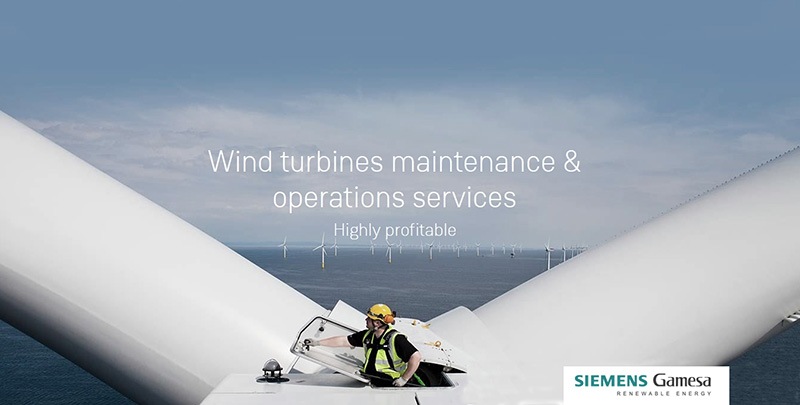 Marketing fantasies from the Boom Times of Wind. Who were they kidding? | Siemens Gamesa By Jo Nova
It’s dire. After suffering a 36% fall in June due to unexpectedly bad maintenance bills, Siemens Energy has lost another 37% on Thursday as it revealed orders and revenue would be even lower than the current subdued expectations. The share that sold for 24 euro in May is now selling for 7.
Things are so bad Olaf Scholz, Chancellor of Germany has even said Siemens Energy is “very important”. Apparently talks are “intensive”, which presumably means the company is on death’s door and the German government is being asked to help save it.
And so we arrive at a point where a company selling products that depend on government subsidies is now asking to be subsidized itself. And the whole green industry depended on government pumped “science” and artificially low interest rates to exist in the first place. Like a pyramid scheme skiing on a two ponzi scams, sooner or later it has to collapse.
Tyler Durden, ZeroHedge
Siemens Energy shares in Germany crashed on Thursday after the company warned its wind turbine business is grappling with quality issues and offshore ramp-up challenges. The company said it’s evaluating various measures to strengthen its balance sheet and is discussing state guarantees with the German government. This comes as a financial crisis in offshore wind energy is brewing.
The word is Siemens Energy is asking for up to 15 billion euros in guarantees.
UPDATE: Siemens Energy is a spin off from the larger separate giant Siemens which has a market cap of 100b Euro and 300,000 employees. The smaller energy division has 90,000 employees and a market cap of only 7b Euro now, but it was 30b a few years ago. Siemens still owns 25% of the spin off energy division.
The whole wind industry is down
Even the Guardian is asking if something is is wrong in the whole wind industry, albeit only as means of paving the way to ask for bigger subsidies.
The windmill business has not recovered from the Siemen’s June shock that bigger turbines was not always better, and ominously something was wrong which would cost an obscene amount to fix. It didn’t bode well that the problem was narrowed down to either the rotor, the bearings “or the design”– which covered pretty much everything. By August Siemens Energy announced a jaw dropping annual loss of €4.5 billion.
Confidence is gone. In July the Swedish energy giant Vattenfall stopped work on the offshore wind farm plans off Norfolk. In August the Danish wind firm Ørsted lost 25% after it revealed it may have to write off ” the value of its US portfolio by nearly £2bn.” The share market was so skittish it wiped off nearly £7bn in value that week. Overall the Ørsted share price has dropped by two-thirds from its peak in early 2021.
The latest headlines on Orsted, say it all:
A week ago Deutsche Bank “slashed its 12-month share price forecast for Danish energy giant Ørsted by 36%, citing supplier delays, lower tax credits and rising rates.” — CNBC
Things haven’t exactly been good for Vestas either:
Vestas is also down 30% this year.
Despite massive subsidies, bountiful good intentions and Draconian regulations on fossil fuel competitors green energy doesn’t work and Net Zero is pure fantasy.
This is the rotor of the newest, largest offshore Siemens SG 14MW . Look how big these machines are.
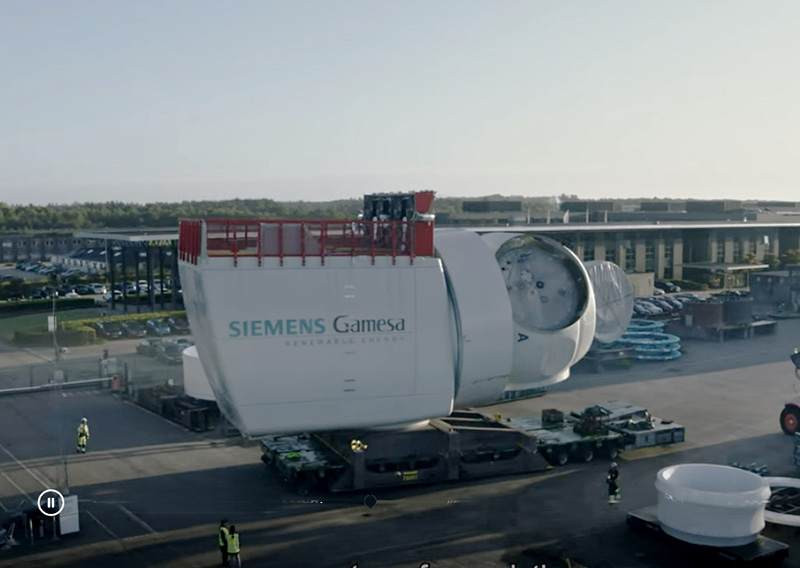
It will theoretically end up propped up on a stalk 140 meters high over the ocean waves, or something like that. The blades are 115m long. Imagine fixing it.
h/t StJohnofGrafton
10 out of 10 based on 102 ratings
9.1 out of 10 based on 15 ratings
By Jo Nova
Let’s run an experiment on a whole nation that we can’t even do easily on a single home
Imaging scaling this up for a country?
The Daily Sceptic has the story of an Australian farmer in Victoria who has gone off-grid to try to be as self sufficient as he can, not out of ideology, but for pragmatic reasons. He has two 3 bedroom homes, with 30 solar panels and a 1kW wind turbine each. For storage they have about 30 German lead acid batteries which at current prices is about $15,000 of batteries each. But even so, each house still has bottled gas stoves, and a 6 kVA petrol generator. The generators are set to come on when the batteries get too low, which often happens in the evenings of autumn, winter and sometimes in spring. (He estimates about 60 – 100 hours each year). Even above all that equipment that needs gas, fuel and maintenance and cost about $160,000 in total to set up, they still have to grow, cut and collect, ouch, 100 kg of wood (220lbs) per week in winter for each house.
He warns that anyone who thinks the nation can run on wind and solar without fossil fuel or nuclear energy is “totally deluded”. And these are farmhouses on the coast in Victoria — so a milder climate — we’re not talking of snow.
The author was a part time specialist medical practitioner until the government tried to force him into a medical experiment (you know the one) that he didn’t want to take part in. Now he is an anonymous peasant farmer with chicken and sheep. So he’s a bright guy, who had a good income, and the kind of man that can rebuild a 70 year old diesel generator that weighs 1.4 tonnes. How exactly does this kind of system translate into a national energy for people living on high density blocks with no trees, a heat pump and a Tesla they need to plug in?
by Pseudonaja Textilis, Daily Sceptic
Extrapolating from our renewable energy experience, anyone who thinks that a modern society can function with a power grid that runs on just solar and wind power without fossil fuel or nuclear backup that’s able to immediately provide up to 100% of power needs on cloudy, still days and dark, windless nights, is totally deluded!
And getting grid-scale lithium ion battery storage to provide the sort of supply time that we have on our farm would cost trillions of dollars, deplete the planet’s non-renewable resources to the point of imminent exhaustion and then it would have to be done all over again in 10 years.
Nothing is truly set and forget:
After 20 years the first of our solar panels have started to fail and have been replaced. …
Renewable energy systems should more honestly be called replaceable energy systems. None of the components can be expected to work for more than 25 years and often a much shorter time than that.
Even with nearly 3 tons of lead acid batteries for two homes, they still really only have a one day supply:
In theory we have three to four days of zero input power supply if we were to flatten the batteries, but in practice we don’t let the batteries drop below 70% capacity in order to protect them and make them last as long as possible. So we are limited to about one day of stored capacity.
Both house systems are close to as optimised as we can get them and represent a total investment of around $160,000.
I’m assuming the $160,000 was for both houses together, I hope I’m not reading that wrongly. And of course, here in Australia, the solar panels were almost certainly subsidized, so the true cost is even more.
The Daily Sceptic has all the kVA details... thanks to the anonymous farmer for sharing his story.
h/t to Steve
9.8 out of 10 based on 125 ratings
9.1 out of 10 based on 14 ratings

By Jo Nova
Does anyone care? 600 million Africans don’t have electricity
They burn wood for power. Forests are razed and no one even notices. As Geoff Hill says, they warm their homes and cook their food the only way they can — by chopping down forests and converting wood to charcoal, a fuel used by the Greeks and Romans. If they had coal fired power or gas plants they wouldn’t need to cut down 400 year old trees.
An area the size of Switzerland is being denuded every year, 70% of Africa’s forests are gone, but it’s as if the rest of the world barely registers it.
Solar panels don’t work under thick cloud, and can blow away in cyclones, hydro plants won’t work in droughts, but fossil fuel plants survive bad weather. Do the Greens really care about the environment, or the poor — does the ABC, CBC or the BBC?
His advice: don’t let them get away with propaganda that keeps people in poverty
When you see a newspaper article claiming that sandstorms and creeping desert are solely down to climate change, write a letter to the editor – even just a few lines – explaining that a loss of vegetation is what allows the sand to blow and the desert to grow. This is not a denial of climate change, but a call for action. We must make sure Africans have the same access to electricity as in developed countries, then there will be no need for charcoal.
This is really a staggering issue of suffering and loss:
Exerpts from Geoff Hill’s paper, NetZeroWatch
 In Africa there’s a war against trees. … on a continent where millions have no electricity, the only fuel is wood, usually reduced to charcoal. In Africa there’s a war against trees. … on a continent where millions have no electricity, the only fuel is wood, usually reduced to charcoal.
According to the World Bank, there are 25 countries that have less than half their people on the grid, and all bar one (Haiti) are in Africa.
Africa’s population has grown four-fold since 1960 and now stands close to 1.4 billion, and an estimated 80% of households rely on wood or charcoal. There are alternatives, including gas, kerosene and, where it’s available, electricity, but all come at a cost. Where trees are not replanted, the land degrades. Forest soil is loose and powdery, and blows in the wind; soon enough, there’s a desert where the jungle once stood.
Africa produces 60% of the world’s charcoal, around 25 million tons a year. Some is exported to Europe, but most is for local use. Yet it’s largely excluded from academic texts, and ignored by those who call for an end to oil, coal or gas.
Most civilizations had a Charcoal Age
Charcoal was a crucial fuel:
It’s the five-to-one rule that makes it work. Five tons of wood can be reduced to one ton of charcoal by burning off the moisture, gas and other elements, leaving a solid block of energy. This allows large amounts of fuel to be moved even where transport is a challenge. The seller can pack a dozen bags on a bicycle, and for buyers, a single bag (8–12 kg) can last a week.
Charcoal is among the most important materials in the story of civilization. It burns hotter than logs, with enough energy to liquify metal. Without it, the Pharaohs would not have had their jewellry and gold coffins, and the Greeks, Romans and Zulus would have fought with clubs instead of spears. It is used to filter drinking water and to keep your fishtank clean. Later came coking or mineral coal, the two often used together, and without them we’d have had no nails, barrels, warships or cannons, and no bronze or iron age. The industrial revolution and, later, the wires that made possible Edison’s capture of electricity and Alexander Graham Bell’s telephone, all relied on the ability to melt the various metals and blend them into alloys.’
Malawi, for example, has 21 million people, and 90% of them rely on wood and charcoal. When the government tries to ban charcoal, people smuggle it anyway.
A staggering 85% of the population is not on the grid, and Malawi has no oil or natural gas. Three quarters get by on $2 per day or less
The new hope is coal. Malawi has proven reserves of more than two million tons, with several mines in operation. A thermal power station is being built at Zalewa, a small town north of Blantyre, and the projected output of 300 MW will almost double the existing supply. Whether any of the cleaner technologies now available in South Africa will be used to limit emissions is not clear.
Tanzania to the north and Zimbabwe in the south have a growing dependence on coal, and the trend looks set to continue, even while Europe and the US seek to scale down their use of fossil fuels. In Malawi, all electricity is controlled by the state, and there have been several price hikes in recent years. Two solar plants produce just 80 MW, with another two on the drawing board, but there is a problem: Malawi has cloud cover an average of 38% of the year, peaking at close on seven days out of ten in January and February.
We can all see what’s coming. How will any tree survive?
Read it all at NetZeroWatch.
Image by Arek Socha from Pixabay
10 out of 10 based on 70 ratings
8.8 out of 10 based on 18 ratings
By Jo Nova
In the race for “free” but random energy, or perhaps for bigger status symbols, China set a new record in July with a 16MW wind tower with a rotor diameter of an awesome 853 feet (260m). It’s a bird mincer one quarter of a kilometer across. But already plans are being drawn up for an even bigger one.
What could possibly go wrong? It’s typhoon proof…
By Loz Blain, New Atlas
Imagine something as tall as New York’s Chrysler building, but spinning. China’s Mingyang Smart Energy has announced plans for a colossal 22-megawatt offshore wind turbine, and standing in its presence will be an unprecedented human experience.
The new turbine proposed for 2025 by MingYang, according to Bloomberg, will have a peak output of 22 MW, and a rotor diameter over 310 m (1,017 ft), corresponding to a swept area of at least 75,477 sq m (812,425 sq ft, 14.1 NFL football fields, 60 olympic swimming pools), minus hub.
The Eiffel Tower is 324m tall.
A few months ago Siemens got bad news on turbine maintenance that was so bad it caused a 36% share plunge in a single day. And the news for wind turbines is still so bad Siemens shares haven’t recovered.
So if cables become uninsurable, bearings get brinelling, the leading edge degrades or MingYang wipes out entire flocks, eagles and whales — will they even mention it?
10 out of 10 based on 95 ratings
8.7 out of 10 based on 14 ratings
By Jo Nova
It’s just emblematic of your Clean Green Future
Complexity and false hope is eating the crown of Australia’s Net Zero transition — the Snowy 2.0 Pumped Hydro scheme. Things have gone from “debacle” to Soviet Grade Industrial Fiasco. After Florence-the-tunnel-borer got stuck and created a sinkhole, workers spent seven months trying to shore up the ground, playing God against the mountain — pumping in grout, cement and polyurethane foam. But the foam made a gas so toxic the tunnel had to be evacuated. To make things worse the workers were originally told the gas was water vapor but it turned out to be isocyanate. At every point the Snowy Hydro team hid the bad news and issued propaganda, and it’s only taken the ABC a year to tell us the workers predicted the sinkhole, and three months to investigate the safety breach.
Still, that’s better than the NSW regulator who knows all the other safety breaches but won’t even share them, because it’s so bad ” it may affect the contractor’s reputation.” (Which it surely just did anyway.)
This is your low-carbon future. It was supposed to cost $2 billion but the bill is $12 billion. It was supposed to be finished, but it’s barely begun. Florence the tunnel borer was meant to have dug a 15km long hole through the mountain, but it’s only bored through 150 meters. It did about a weeks worth of progress before being stuck for 19 months.
They knew at the start things were doomed, but did it anyway. Workers drilled ahead and hit soft ground only 100m from the opening. Water gushed out, proving there would be mass mud within. But they filled the hole and went ahead anyway. They were supposed to have a slurry system in place, to cope with the mud, but it wasn’t there. In just 8 weeks the borer was predictably bogged — wallowing in up to 4 feet of water. Drowning perhaps in fantasies of building a sacred weather talisman.
Do normal industrial projects, given normal scrutiny, go so wrong, for so long?
ABC Four Corners, By Angus Grigg, Lesley Robinson, Kamin Gock
Workers had warned a sinkhole was likely. They had been telling the contractor the ground was too soft to continue the strategy of inching forward in the hope of hitting harder ground.
“Florence was pulling out triple the amount of soil it should have been,” one worker says. “We warned them it was going to cause a sinkhole, but they did not listen”.
Energy investor Simon Holmes à Court says Snowy has “misled the public on a number of occasions”.
“They got the cost wrong, the ground conditions, the time, the schedule, and I think the way they levelled with the public, they’ve got that wrong too.”
“They’ve given us reason to believe that things are on track. When we later found out that they’re not.”
Who does the NSW state government serve?
Four Corners asked the NSW regulator how many safety breaches there have been at Snowy 2.0.
It refused to provide the numbers, saying it may affect the contractor’s reputation.
Isn’t that the point?
Florence cost $150 million but Bogged-Florence has cost the nation $2 billion (or more). For the last 19 months, count them, nineteen, the borer has barely moved.
Someone should made a children’s book out of this so even preschoolers learn how stupid money can be magnified to do damage far beyond the initial expense.
In the end all this work and money is for one week of electricity and no one said “wait a minute”?
Snowy 2.0 was sold as being key to a low-carbon future — capable of powering 3 million homes for an entire week.
All this, for the same price as three coal plants that could power homes for 50 years…
Project management so bad it’s unprecedented — “the worst so far”
If Snowy 2.0 had been a coal mine endangering workers, would the ABC have waited months to look into it?
“It’s one of the only times where I’ve actually had a proper emergency, where the tunnel had to be evacuated,” [Tony Callinan, NSW branch secretary for the Australian Workers’ Union (AWU).]
“I’ve seen many major projects and unfortunately, this job’s one of the worst … sorry, it is the worst by far.”
Is this the start of the ABC throwing the Snow 2.0 scheme under the bus?
Four Corners’ full investigation Tunnel Vision from 8:30 on ABC TV and ABC iview.
The only thing it has produced for the environment is a sinkhole.
You’d never know Australia was a top mining nation, eh?
This blog Feb 2023: Australia’s Biggest Renewable Energy Project, Snowy 2.0, grinds to a halt, with a stuck bore
H/t Raven
9.9 out of 10 based on 141 ratings
9 out of 10 based on 14 ratings
8.3 out of 10 based on 33 ratings
9.2 out of 10 based on 21 ratings
|
JoNova A science presenter, writer, speaker & former TV host; author of The Skeptic's Handbook (over 200,000 copies distributed & available in 15 languages).

Jo appreciates your support to help her keep doing what she does. This blog is funded by donations. Thanks!


 Follow Jo's Tweets
Follow Jo's Tweets To report "lost" comments or defamatory and offensive remarks, email the moderators at: support AT joannenova.com.au
Statistics
The nerds have the numbers on precious metals investments on the ASX
|




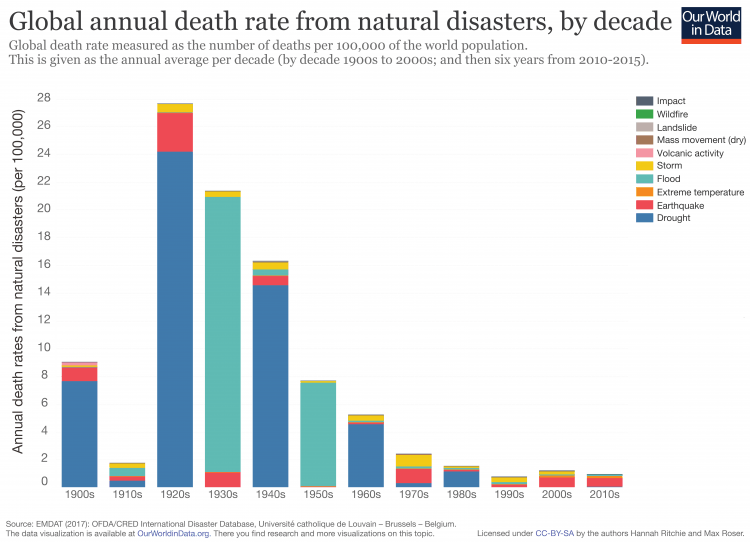






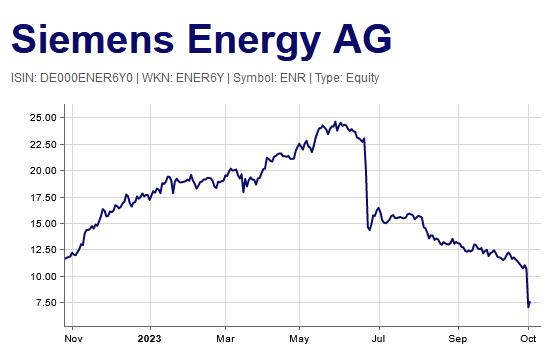
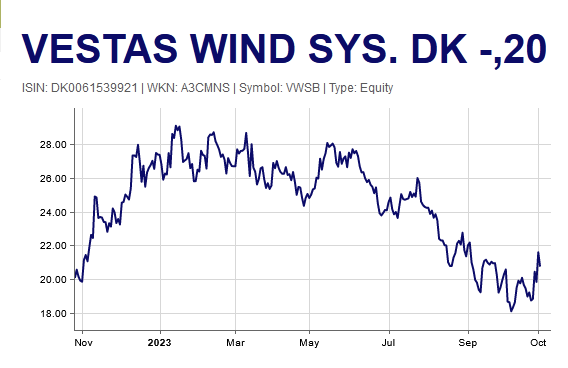

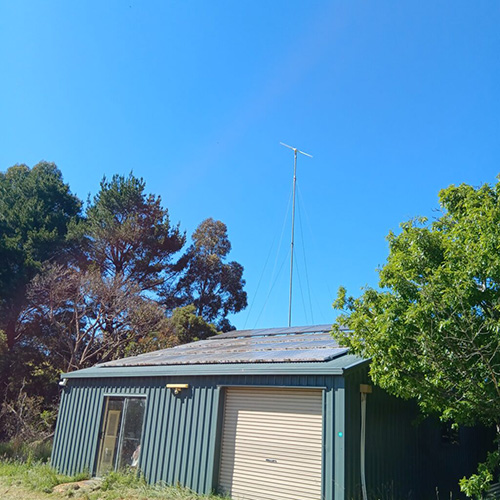



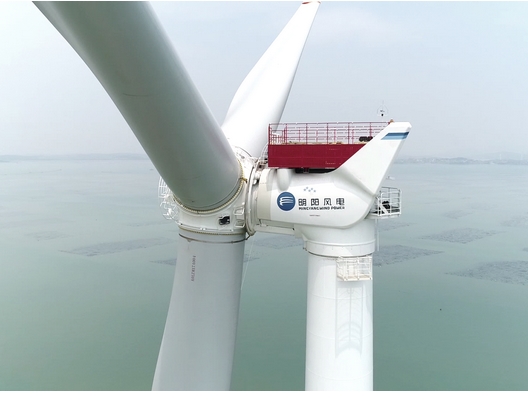
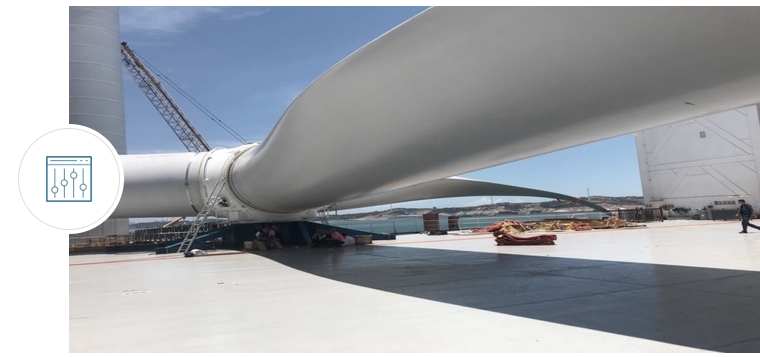
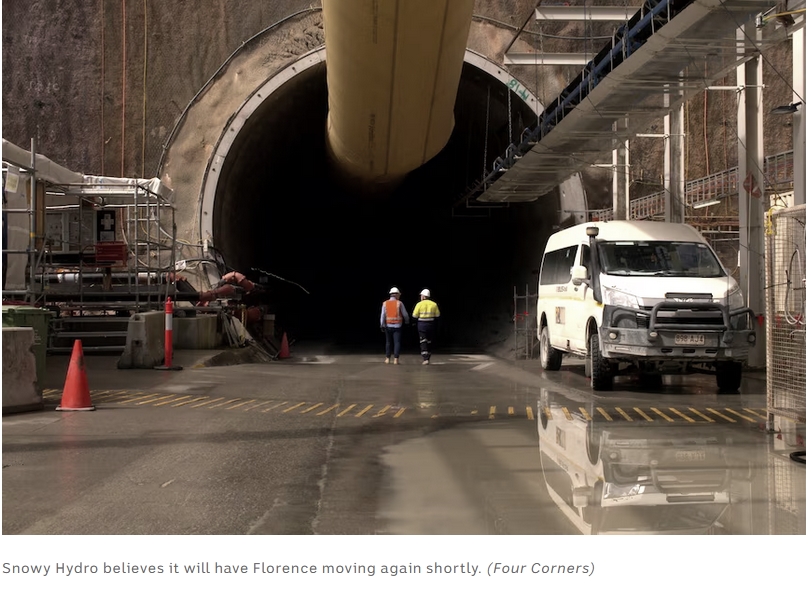
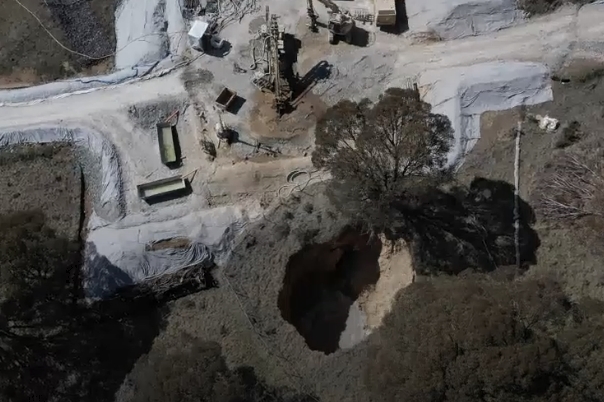











Recent Comments